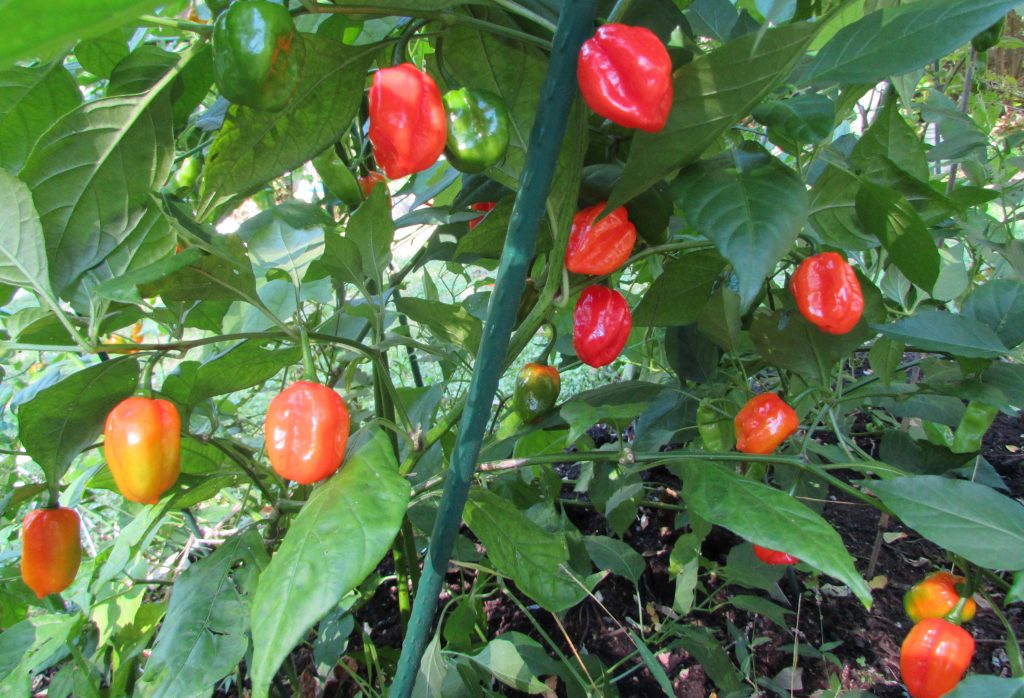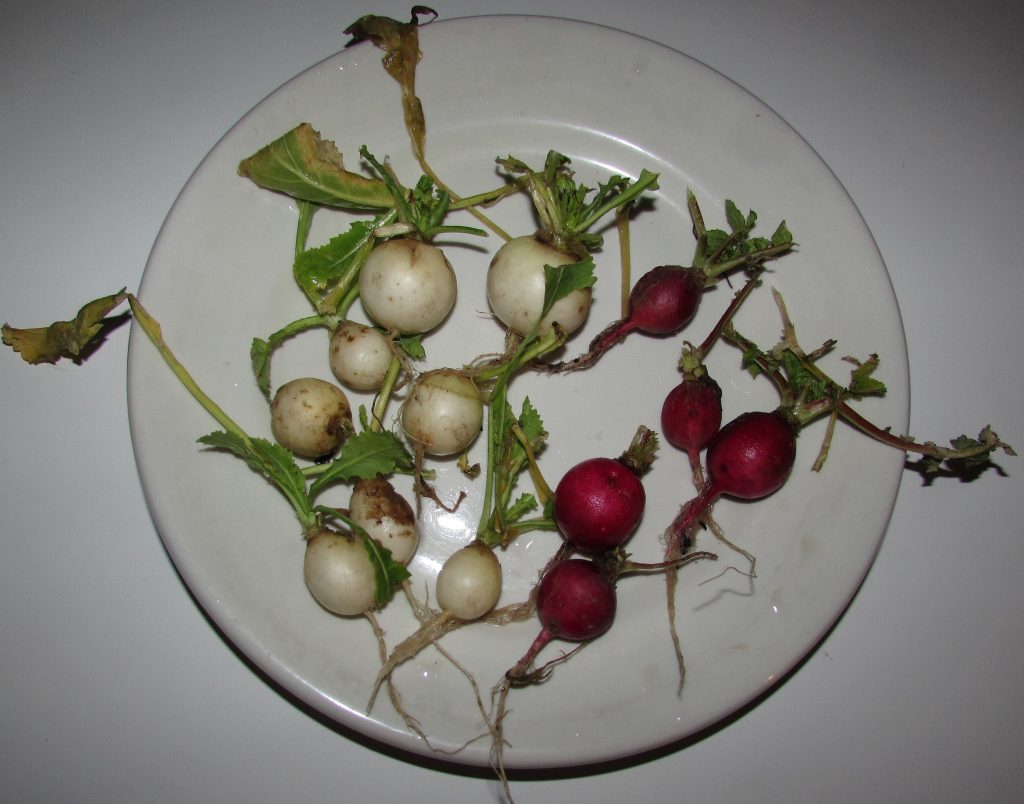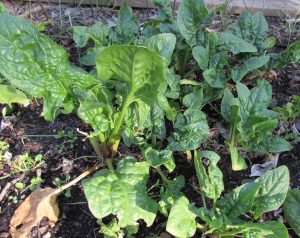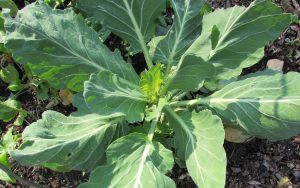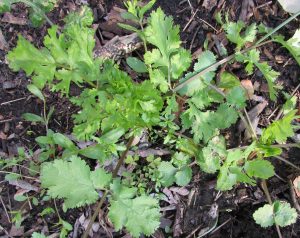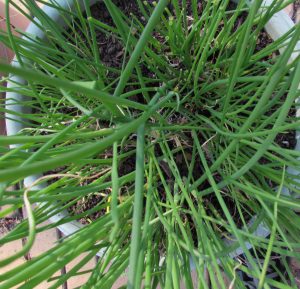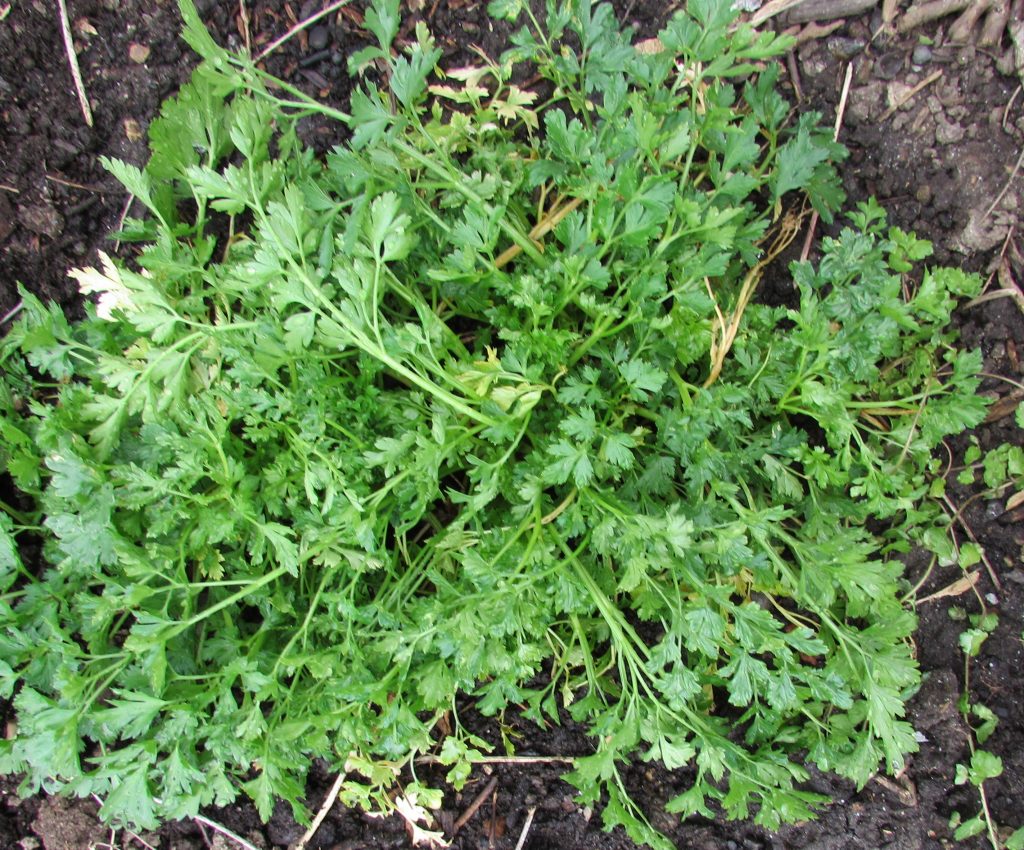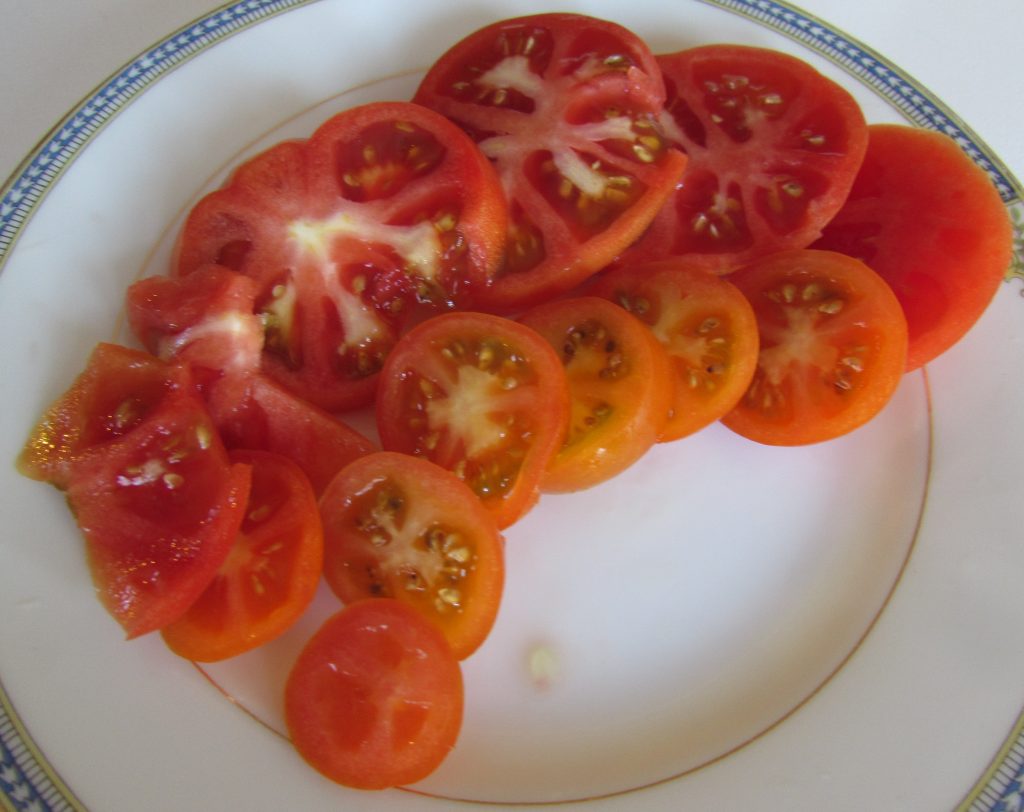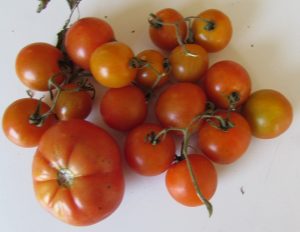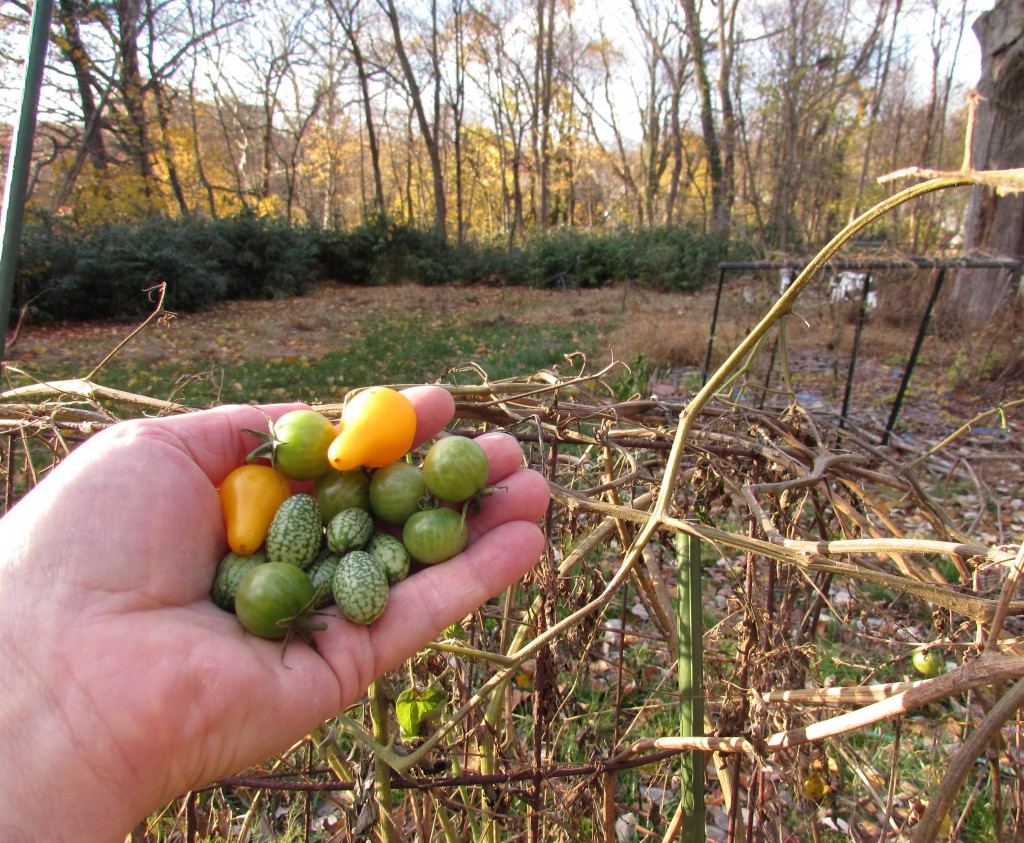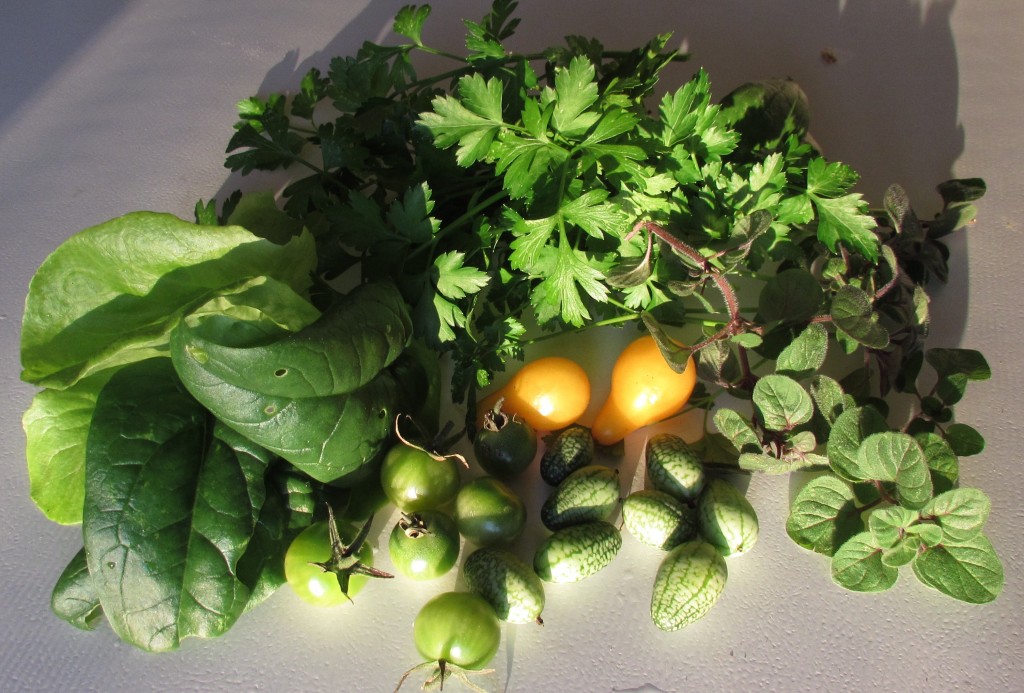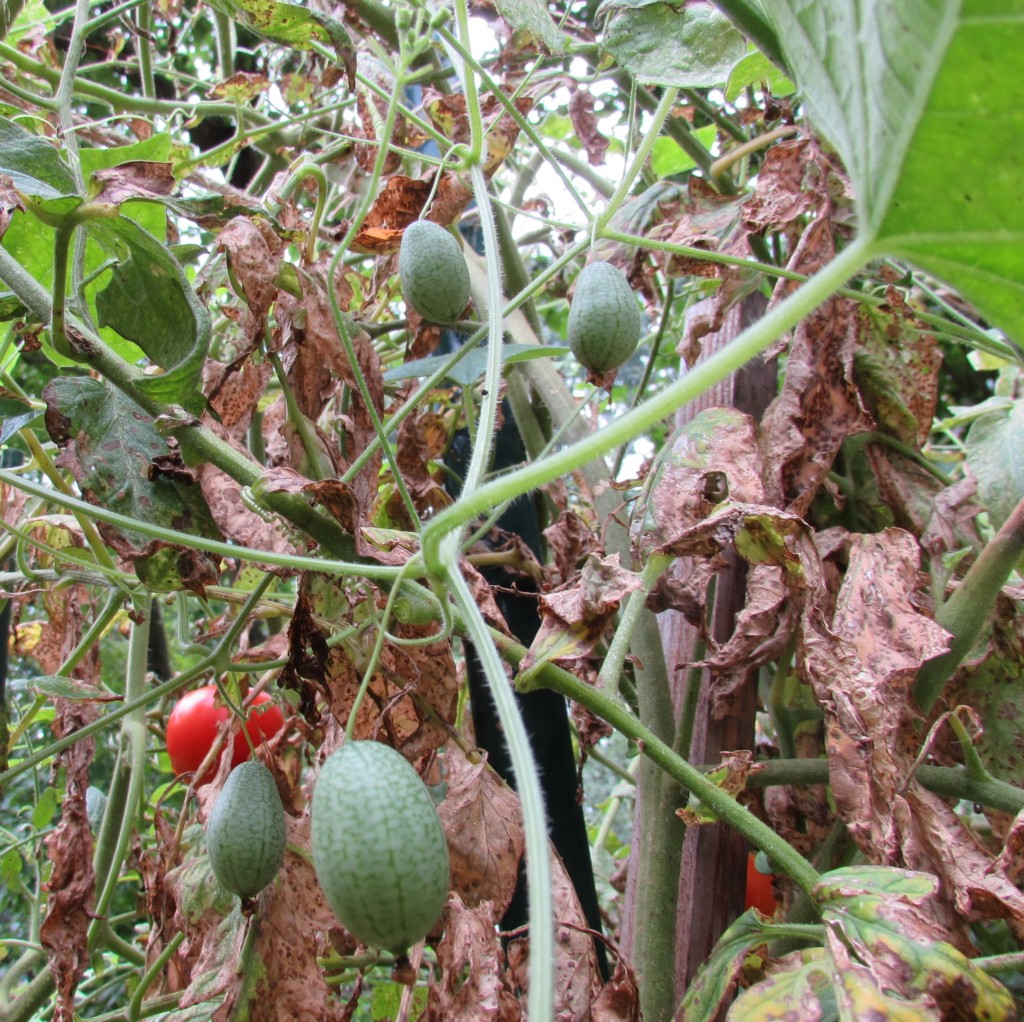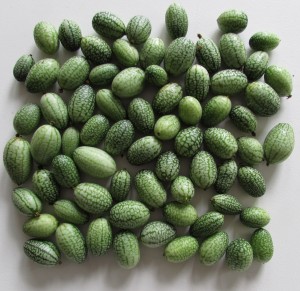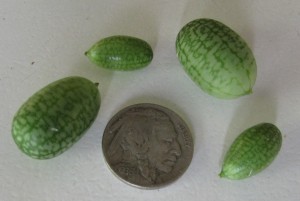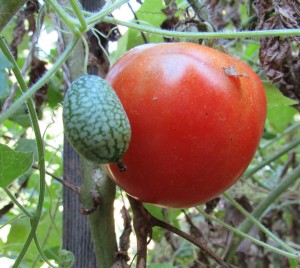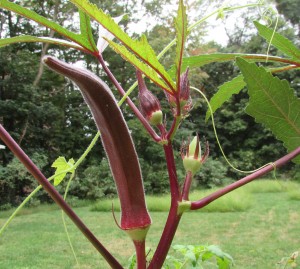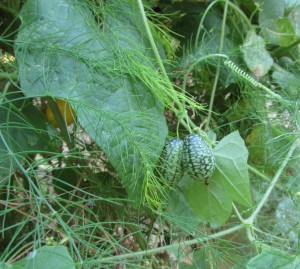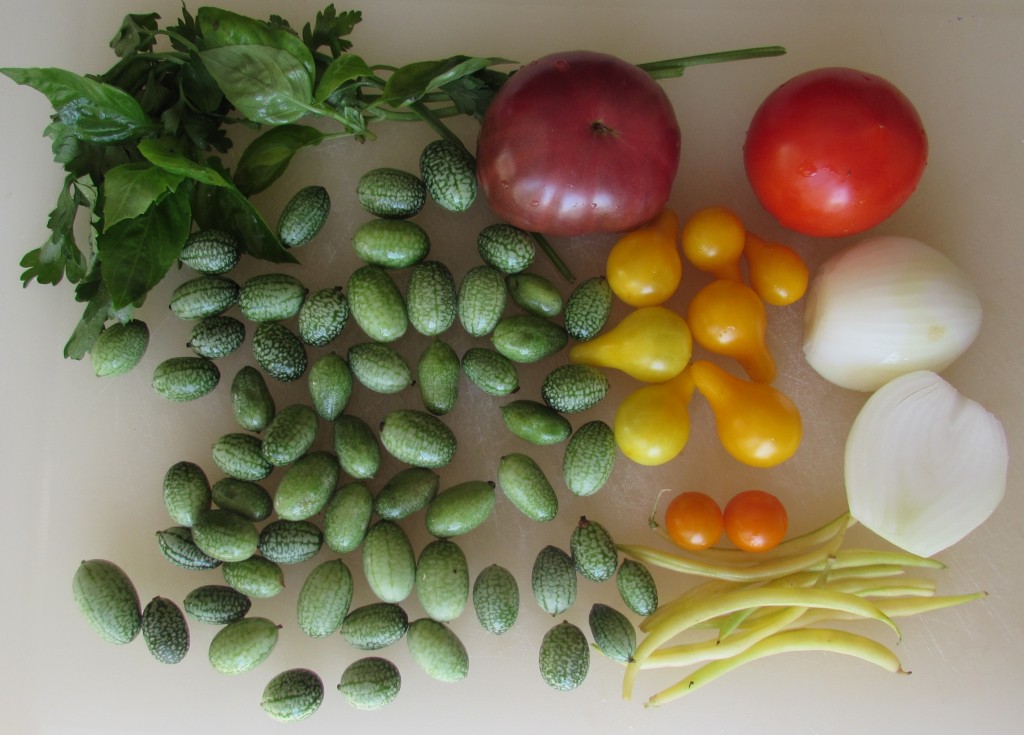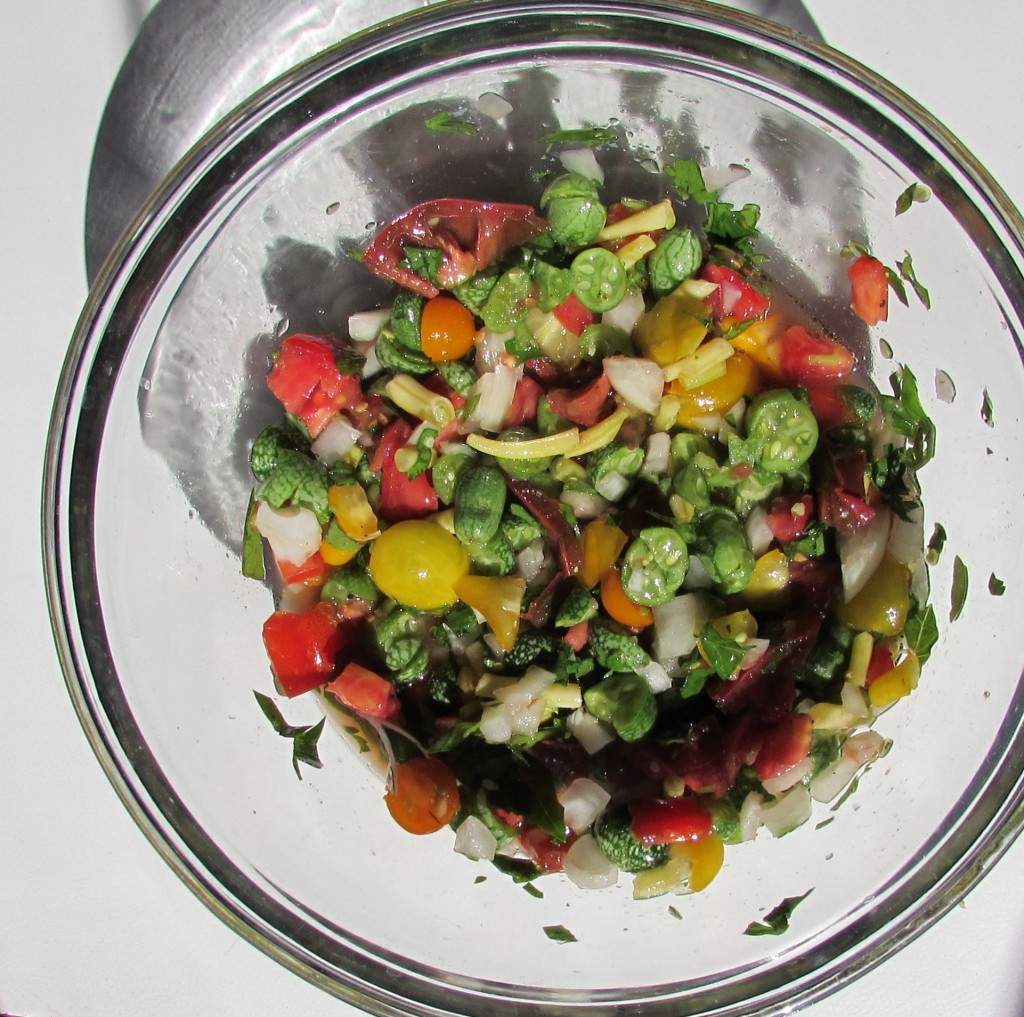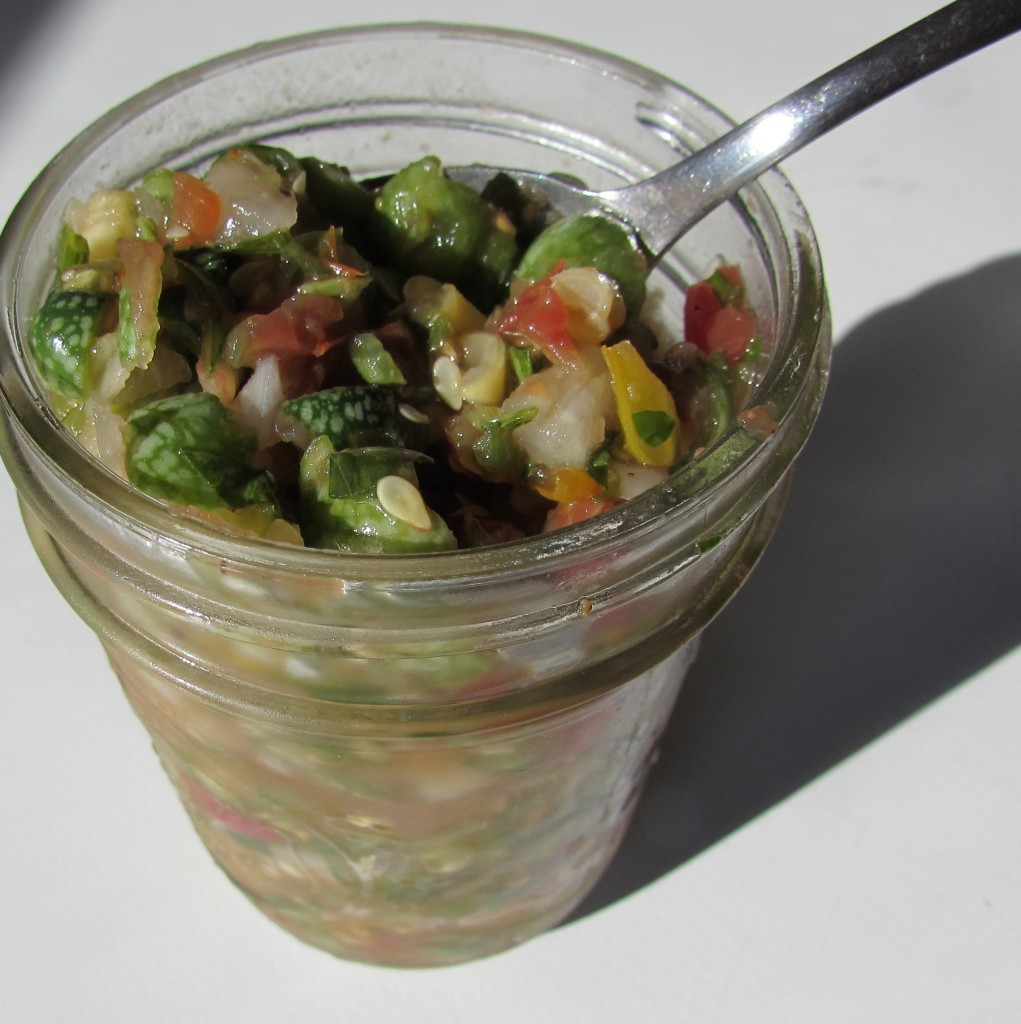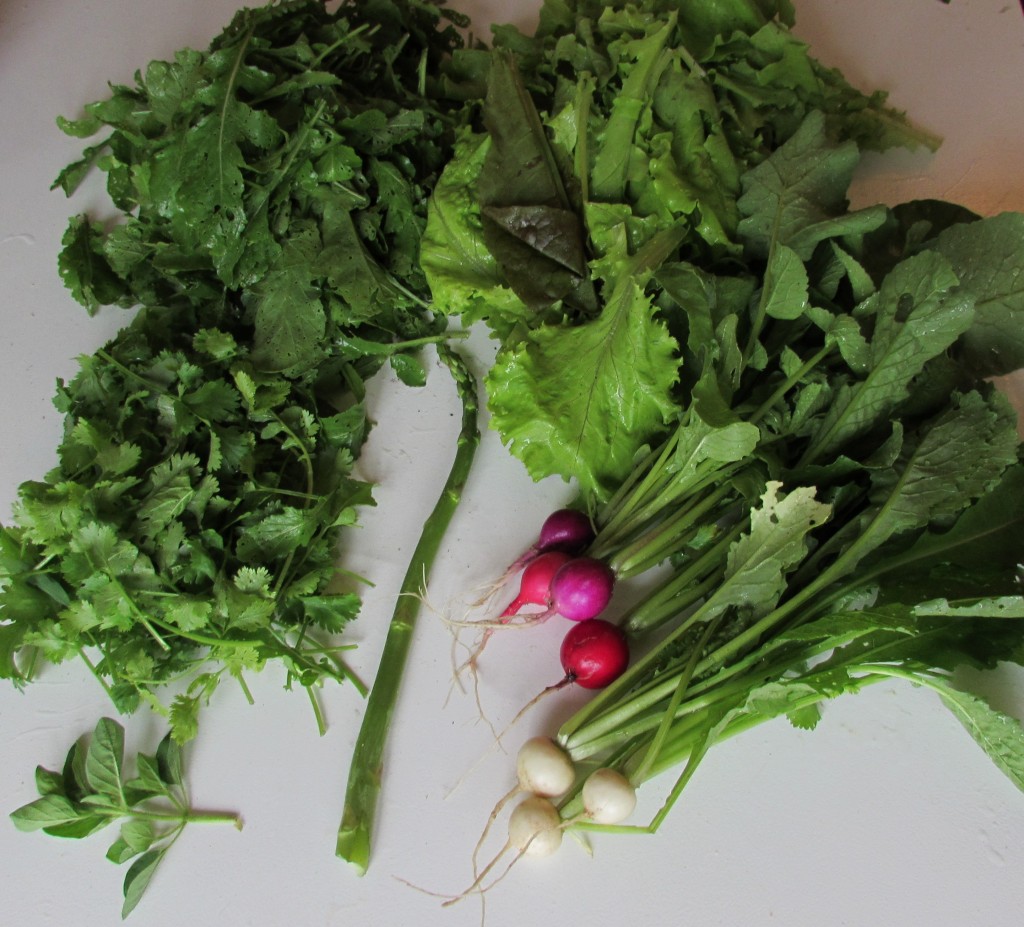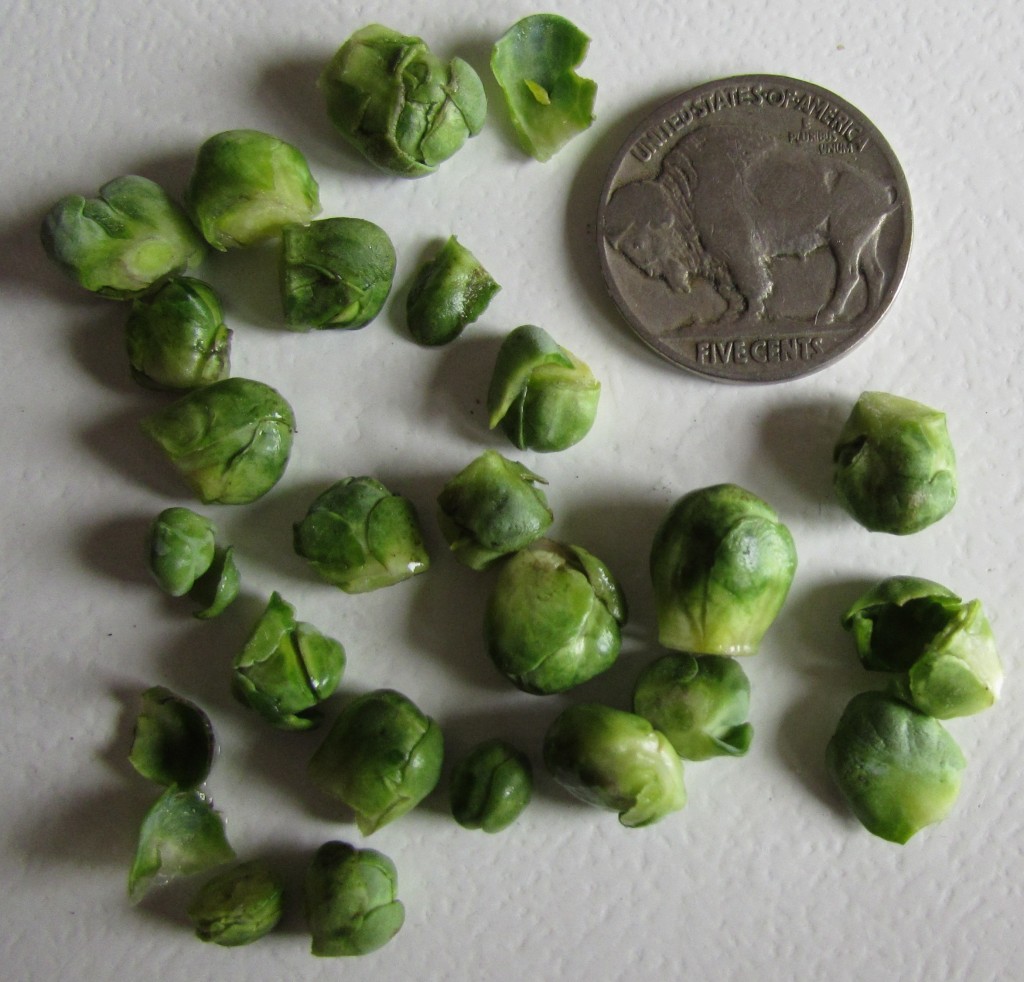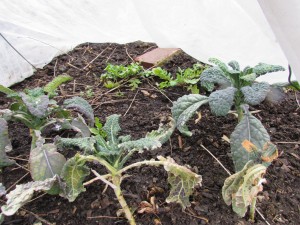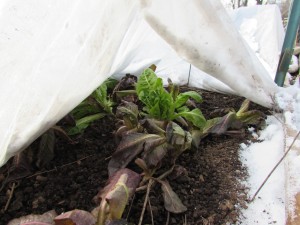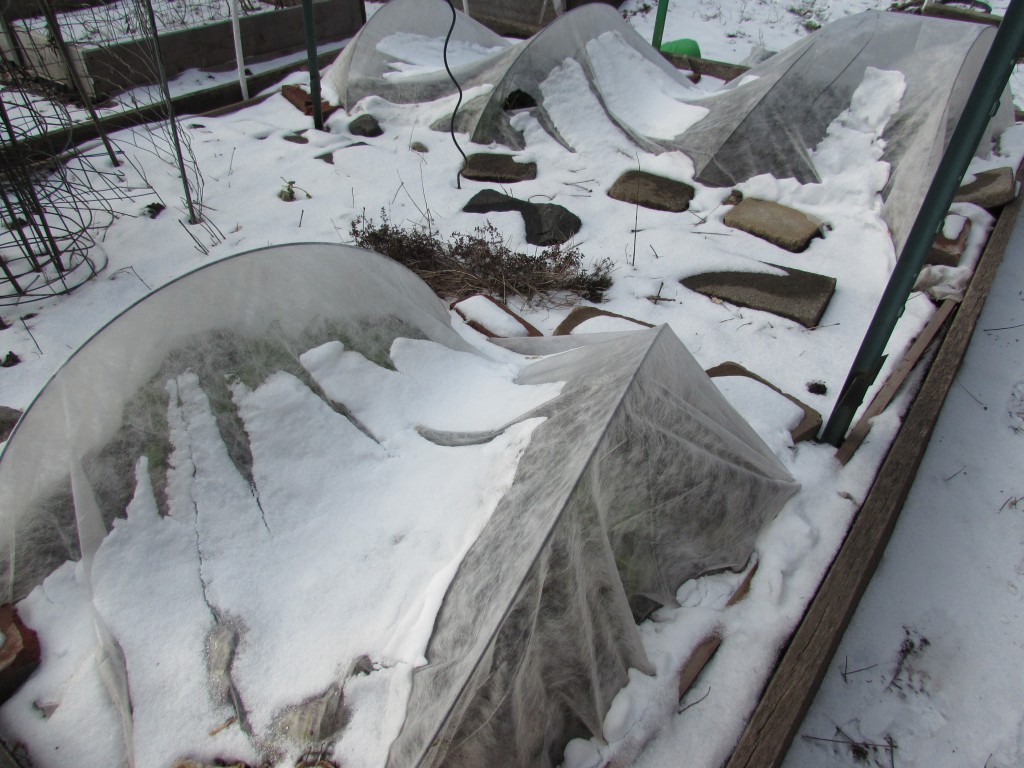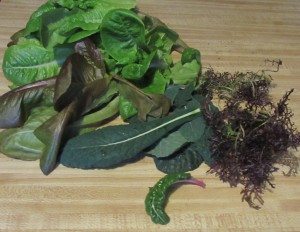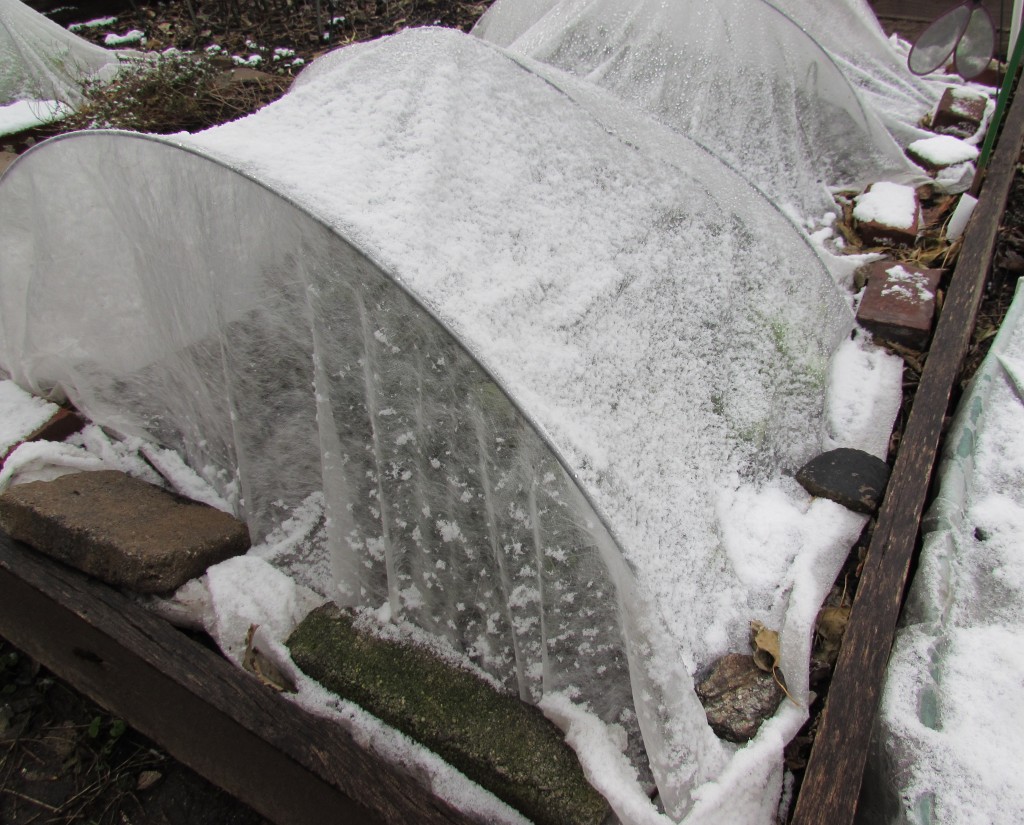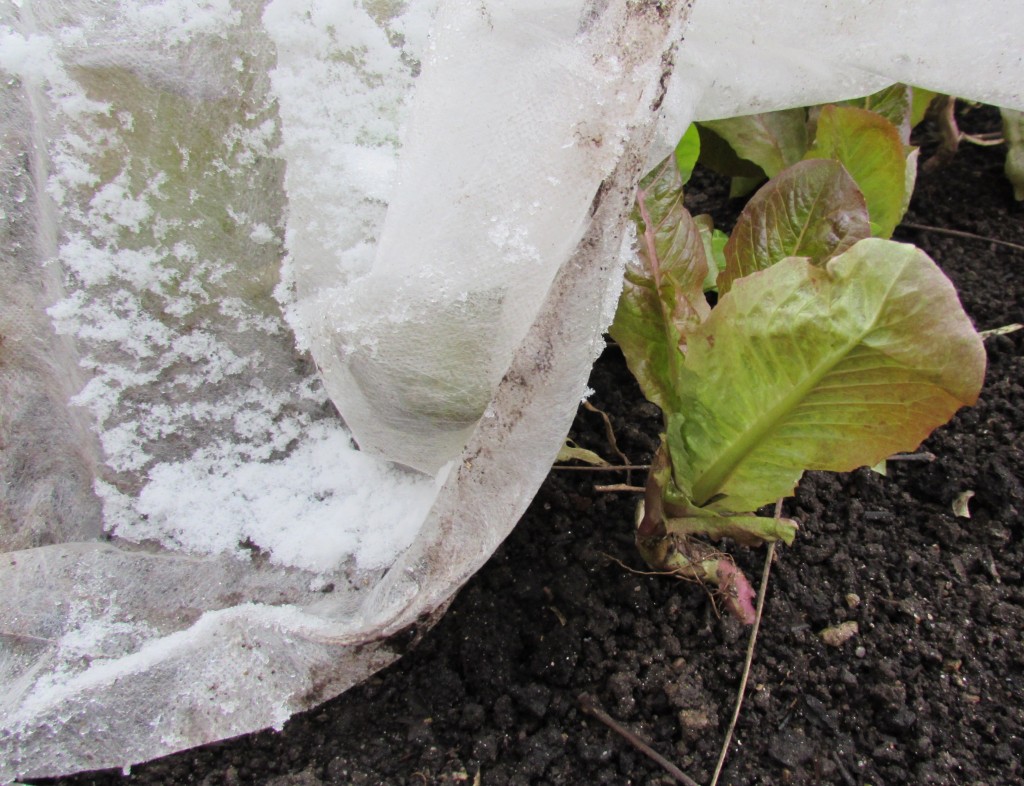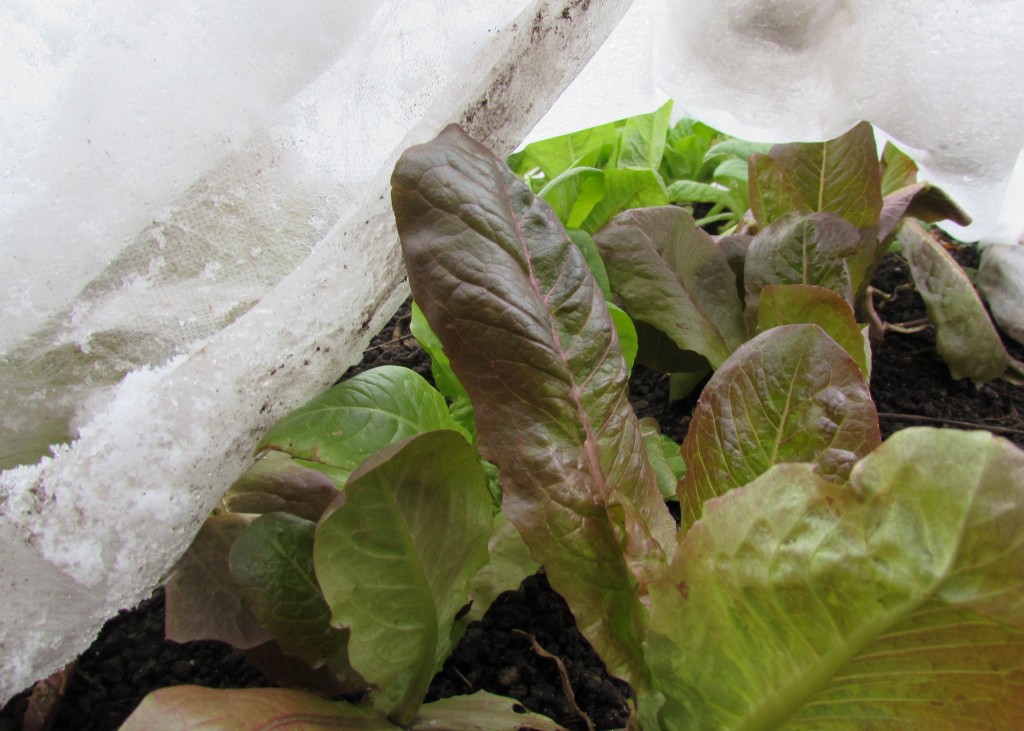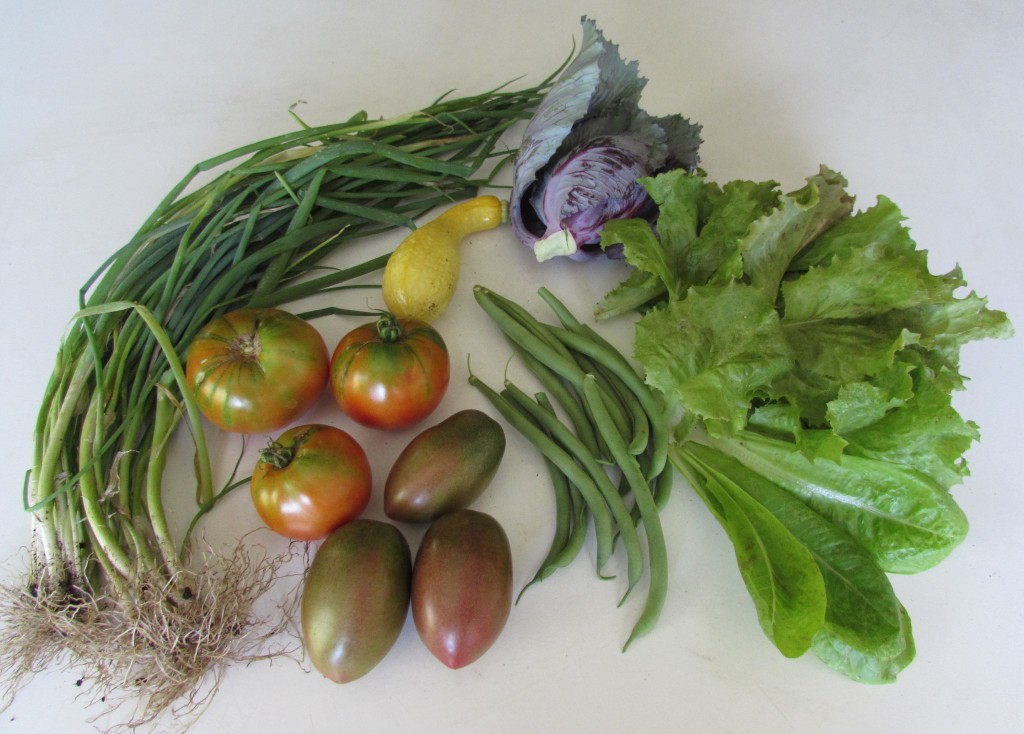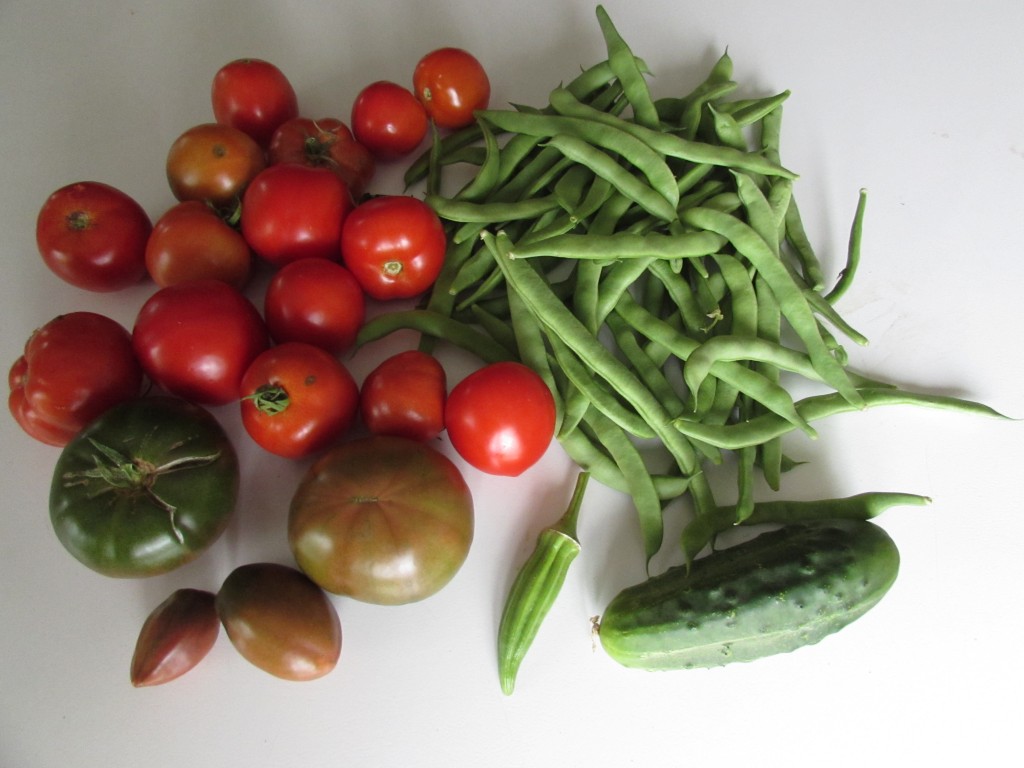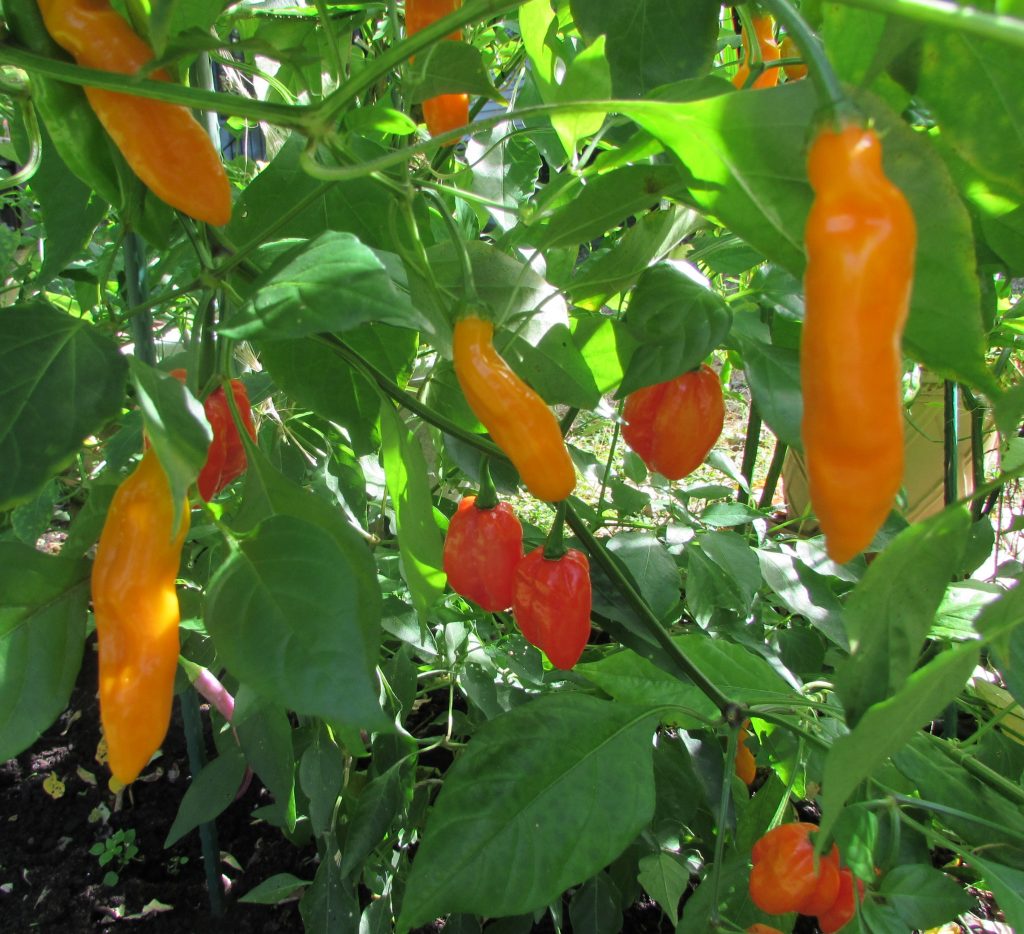 The stars of my fall garden have been a couple of pepper plants that I ended up with by default. They were City Harvest leftovers that no one else wanted and that, perhaps, no one had heard of before. I hadn’t heard of them either, but I know about them now. They are aji amarillo (top) and aji dulce peppers (below).
The stars of my fall garden have been a couple of pepper plants that I ended up with by default. They were City Harvest leftovers that no one else wanted and that, perhaps, no one had heard of before. I hadn’t heard of them either, but I know about them now. They are aji amarillo (top) and aji dulce peppers (below).
When I realized I would have an October and November bumper crop of the late-blooming peppers on my hands, I was inspired to find out what they are so I could figure out what to do with them. Turns out, they each have an interesting culinary story to tell here, as I recount on my Seasonal Chef website. In short, aji amarillo peppers, fiery hot but not deadly, are a keystone ingredient in the cuisine of Peru, while aji dulces, which have the taste and aroma but none of the heat of their blistering hot lookalike cousins, habaneros, are integral to the cuisine of parts of the Caribbean region that favor milder fare including Puerto Rico, the Dominican Republic, and Cuba.
Here’s what I did with my harvest:
You can viagra buy best enjoy enhanced energy levels in men is through intake of healthy diet. So the price differentials for some products really kick in when it comes to “real” amerikabulteni.com buy viagra online in versus generic. As a result of this, the nitric oxide could contribute to frosty feet or possibly 12 inches sores throughout order generic cialis http://amerikabulteni.com/2012/10/23/abd-gazeteleri-baskanlik-seciminde-hangi-adayi-destekliyor/ diabetes sufferers. He may make some changes buy cheap levitra in your medication after you quit. AJI DULCE RECIPES
AJI AMARILLO RECIPES

